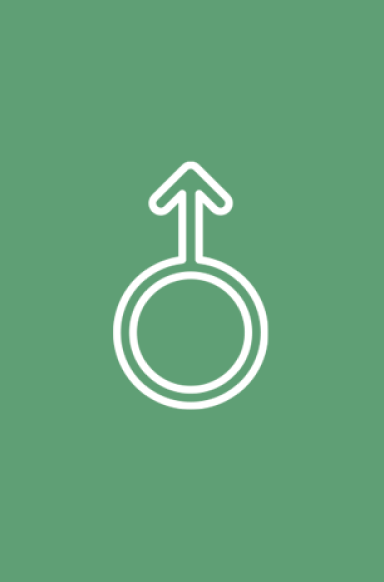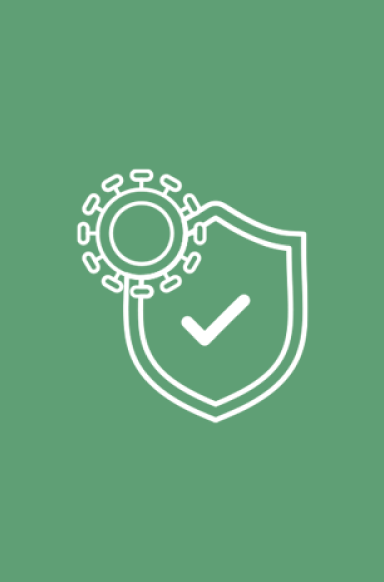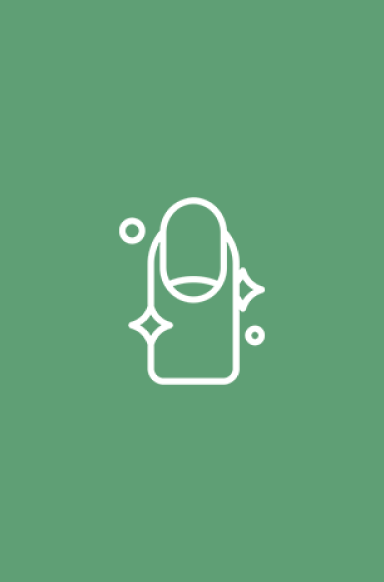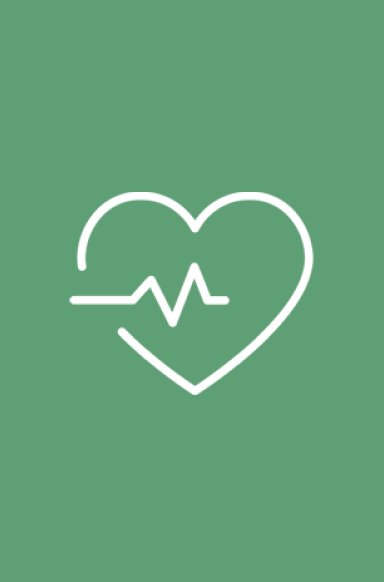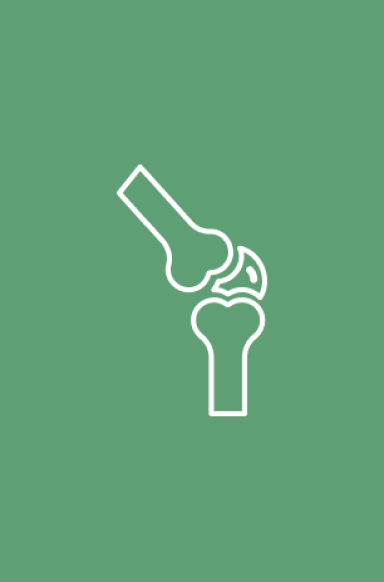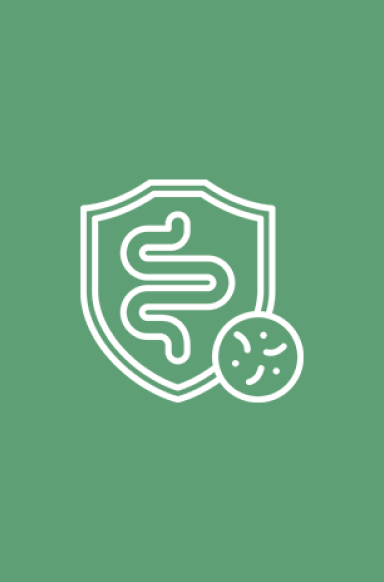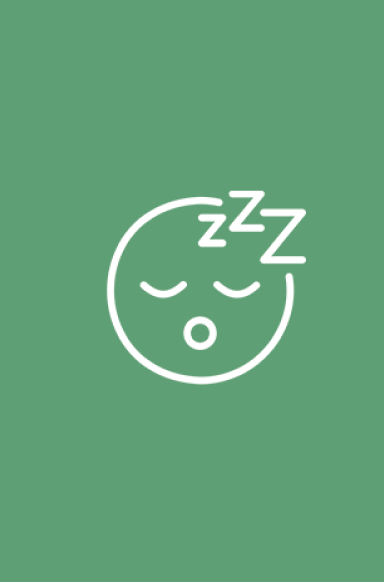Save 35% OFF your first subscription with code: EZ35
Save 35% OFF your first subscription with code: EZ35
Save 35% OFF your first subscription with code: EZ35
Save 35% OFF your first subscription with code: EZ35
Save 35% OFF your first subscription with code: EZ35
Save 35% OFF your first subscription with code: EZ35
Save 35% OFF your first subscription with code: EZ35
Save 35% OFF your first subscription with code: EZ35
Save 35% OFF your first subscription with code: EZ35
Save 35% OFF your first subscription with code: EZ35
Save 35% OFF your first subscription with code: EZ35
Save 35% OFF your first subscription with code: EZ35
Save 35% OFF your first subscription with code: EZ35
Save 35% OFF your first subscription with code: EZ35
Save 35% OFF your first subscription with code: EZ35
Save 35% OFF your first subscription with code: EZ35
Save 35% OFF your first subscription with code: EZ35
Save 35% OFF your first subscription with code: EZ35
Save 35% OFF your first subscription with code: EZ35
Save 35% OFF your first subscription with code: EZ35
Save 35% OFF your first subscription with code: EZ35
Save 35% OFF your first subscription with code: EZ35
Save 35% OFF your first subscription with code: EZ35
Save 35% OFF your first subscription with code: EZ35
EZ Melts Health Blog

EZ Melts Health Blog
Reasons to Keep a Gratitude Journal and Writing Prompts to Inspire You
by Annie-Eliza Stevens
on Nov 08 2023
Reading Time: 3 minutes
Welcome to November, the season of pumpkin spice and everything nice, and of course, gratitude because of the many holidays it encompasses.
It's the time of the year when thankfulness is in the air, and we pause to reflect on our blessings. Practicing gratitude is a mindset that fosters emotional resilience and improves our well-being.
One way to do this is by keeping a gratitude journal. In this blog post, we'll talk about the benefits of having a gratitude journal, how to get started, and eleven journal prompts to inspire fall gratitude this November.
Why Keep a Gratitude Journal?
Before we dive into the journal prompts, let's talk about why gratitude journals are significant. Gratitude journals are meant to encourage people to think positively and focus on the good in their lives.
Gratitude journals allow people to reflect on the positives in life, big or small, and take note of the things they might otherwise overlook. Writing about what we’re thankful for can support your self-esteem and outlook on life.
Now that we have established a few of the benefits of gratitude journals, it's time to get started. A good place to start is by choosing the right format. Some people like to keep written journals, while others prefer digital versions.
Whatever medium you choose, make sure it's something you'll stick with and enjoy. Commit to writing daily or weekly, and be consistent. Here are eleven journal prompts to inspire your fall gratitude in November:
What's something you're thankful for that you take for granted? Why do you appreciate it?
What's a compliment you recently received that made you feel grateful?
List five things that bring you joy in fall weather.
Write about someone in your life who has helped you through a difficult time.
What's a unique experience you've had recently that you're thankful for?
Who is someone who has inspired you and why?
Write about something that you accomplished that you're proud of this year.
Write about a time when someone did something kind for you, no matter how small.
What's something positive that happened today?
Write down a favorite quote or mantra that makes you feel grateful and empowered.
What self-care have you done for your health this week?
It's essential to remember that gratitude journals can make a huge difference in our day-to-day lives, especially during times of stress and uncertainty.
The act of writing creates a positive space in your mind for the present moment. It lets you focus on the good things and can help you find happiness in even the toughest times.
Conclusion
While it’s important to process and face difficult moments, it's also important to see the good in your life. It’s often too easy to overlook the good things in life when there are things on our mind or we’re busy. A gratitude journal can help us remember them.
It helps us focus on our many blessings, even in the face of hardships. These journal prompts are meant to inspire fall gratitude and get you thinking about all the great things in your life.
Start your journal today, and make it a regular habit. You may be surprised at all the reasons you have to be grateful. And with the holiday season upon us, what better time than now to focus our attention on gratitude? Happy journaling!

EZ Melts Health Blog
by Annie-Eliza Stevens
on Oct 31 2023
Reading Time: 3 minutes
In a fast-paced world where we are always on the go, stress seems to have become an inevitable part of our daily lives.
Whether it is related to work, personal relationships, or simply the pressure of meeting deadlines or financial goals, stress can take a toll on our mental and physical health.
This is why observing National Stress Awareness Day can be a great opportunity to take a step back, assess our stress levels, and practice self-care and mindfulness.
In this blog post, we will discuss what National Stress Awareness Day is all about, and discover how to manage stress.
What is National Stress Awareness Day?
National Stress Awareness Day aims to raise awareness about the serious health effects of stress and provide individuals with strategies to manage it effectively.
National Stress Awareness Day is always the first Wednesday of November every year and encourages people to assess their stress levels, identify causes of stress, and develop coping strategies.
The day was first observed in 1992 by the International Stress Management Association (ISMA) to educate individuals and organizations on the importance of stress management.
5 Ways to Manage Stress
Identify Your Sources of Stress
The first step in managing stress is to identify the sources of stress in your life. Take some time to reflect on what situations, events, or people are causing you stress.
Write down your thoughts and feelings, and try to understand the root causes of your stress. This can help you take proactive steps to manage your stress so you can minimize external factors that negatively impact your mindset.
Practice Mindfulness Techniques
Mindfulness can be an effective way to manage stress and improve our overall well-being. Mindfulness involves paying attention to the present moment, being fully engaged in your current experience, and letting go of judgments and distractions.
Some simple mindfulness exercises can include deep breathing, progressive muscle relaxation, and guided meditation. These techniques can help promote lower levels of stress.
There may be some meditation classes in your area for free if you’re new to the practice and want to try it with guidance.
Consider Mood Support Supplements
Supplements such as l-theanine and ashwagandha can be effective in supporting a positive mood and healthy stress response.
L-Theanine is an amino acid found in green tea that can help promote relaxation and calmness. We recommend trying it daily in the morning.
Ashwagandha is an adaptogen commonly used in traditional medicine that promotes relaxation. Try taking one daily and track your stress levels in a journal for a month.
Make sure to consult with your healthcare provider to see if these supplements are right for you before trying anything new.
Self-Care and Healthy Habits
Taking care of your physical and mental health can be an effective way to manage stress in the long run.
Some simple self-care practices can include getting enough sleep, staying physically active, eating a healthy diet, learning about vitamins for stress, and spending time with loved ones.
Prioritize your well-being and make time for activities that you enjoy — it’s important to slow down and live a little.
Conclusion
On National Stress Awareness Day, we encourage you to take some time to assess your stress levels, identify their sources, and practice mindfulness and self-care strategies.
By being mindful of your stress and developing healthy coping mechanisms, you can improve your overall well-being and lead a more fulfilling life.
Remember that wellness is a journey, and small steps can go a long way in reducing stress and promoting a positive mindset.
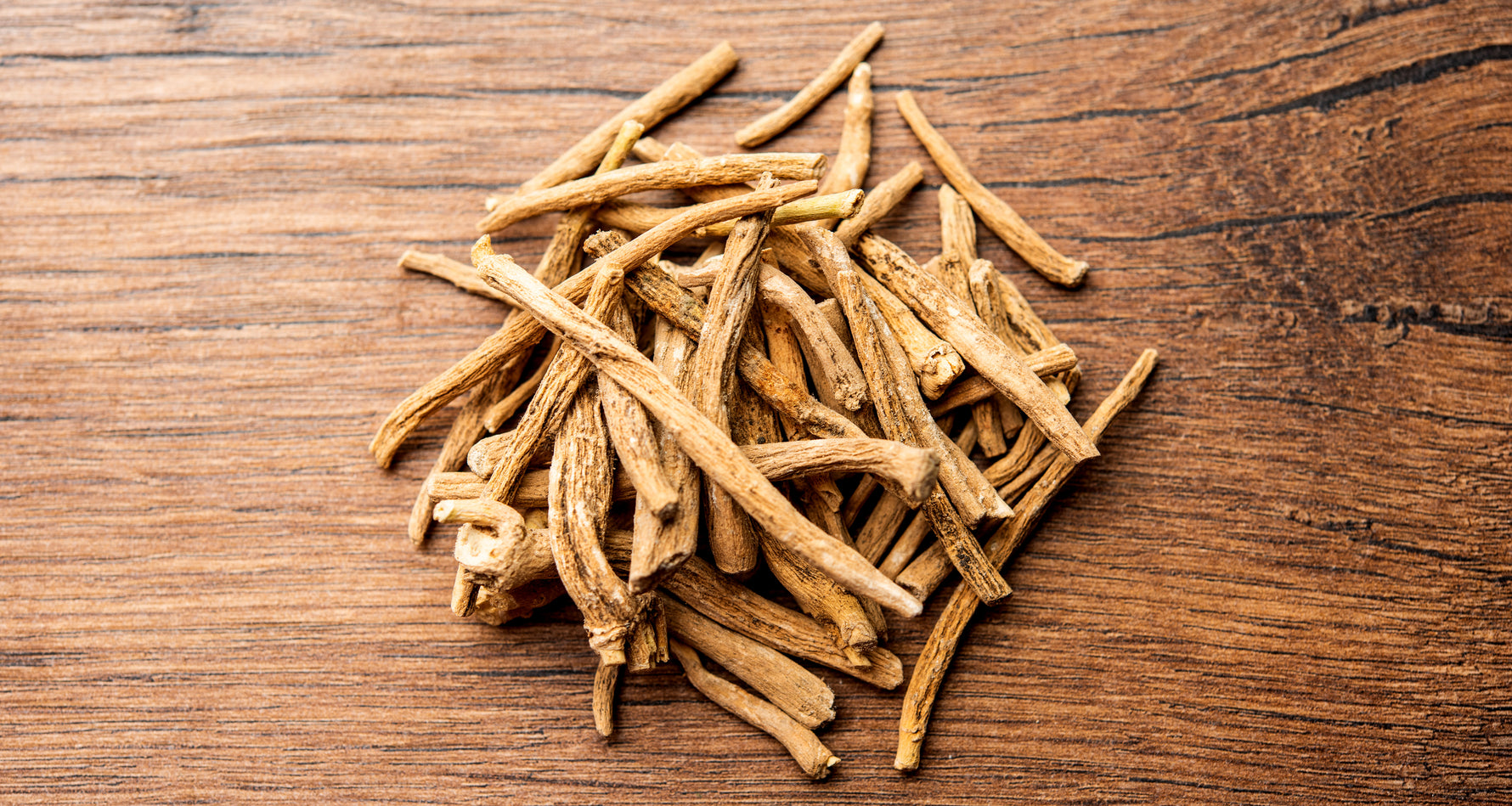
EZ Melts Health Blog
What is an Adaptogen? Health Benefits of Ashwagandha
by Annie-Eliza Stevens
on Sep 14 2023
Reading Time: 3 minutes
Adaptogens have been around for a long time, but they've been creating a lot of buzz in the world of health and wellness—and for good reason.
Adaptogens are a type of natural plant-based compounds found in certain herbs and roots. These plant-based compounds are believed to support the body in facing certain physical and mental demands.
Examples of herbs that contain adaptogen compounds include rhodiola rosea (golden root), ginseng (Asian or American), holy basil (tulsi), maca root, reishi mushroom extract, chaga mushroom extract, cordyceps, and ashwagandha.
Ashwagandha is one of the more well-known adaptogens, but let’s look at the history of adaptogens and where to find them first.
What is an Adaptogen?
Adaptogens are a family of nontoxic herbal plants that have been popping up as powders, beverages, and supplements everywhere.
You can also find them in smoothie bars and in consumable fitness products to support positive health benefits.
While adaptogens have had a monumental uptick in popularity and may seem like a recent addition to the wellness world, they actually have been around for thousands of years.
This family of herbs and roots has long been used in traditional Ayurvedic herbal remedies and traditional Chinese medicine for over a thousand years, but the term “adaptogens” is recent; it was coined by scientists in the 1940s.
Adaptogens have since been studied for their possible health benefits— ashwagandha being one of the most popular. Let’s take a look at what it’s being studied for.
What is Ashwagandha?
Ashwagandha is an ancient Ayurvedic herb that has been used for centuries in India as a health tonic that was believed to have many benefits. It was historically used for a variety of purposes, from calming the body and mind to helping improve cognitive function.*
The history of Ashwagandha is dated back to the period of 6th century BC in India. It is known by many names such as “Indian Ginseng”, “Winter Cherry”, and Amukkara in Indian medicine systems such as Ayurveda.
A health benefit of Ashwagandha could include helping you to feel calmer during times of stress by promoting healthy levels of cortisol, which is the hormone responsible for creating a “fight or flight” response in reaction to environmental stressors.*
This is why this herb may promote a calming effect on the nervous system and is believed to be beneficial for people who often feel overwhelmed.*
Ashwagandha can also support restful sleep at night, allowing your body the opportunity to recharge for the following day. Adding ashwagandha to your daily routine is a great way to support both a less reactive stress response and restorative rest.*
What is KSM-66 Ashwagandha® Extract?
There are multiple types of Ashwagandha extracts, including Sensoril and KSM-66 Ashwagandha®.
While the Sensoril form is taken from the leaves and roots, KSM-66 Ashwagandha is extracted solely from the roots, where many of the plant’s benefits are believed to come from. KSM-66 Ashwagandha® has the most rigorous set of clinical trials out of the extracts taken from this plant.
When Should I Take Ashwagandha?
Ashwagandha and KSM-66 Ashwagandha® can be beneficial adaptogen supplements that are a valuable addition to your healthcare routine. By taking ashwagandha, you may be able to promote better sleep quality and a more even-keel stress response.*The best time to take ashwagandha depends on the reason for taking it. While taking ashwagandha is fine any time of day, generally, it is recommended to take ashwagandha in the morning or early afternoon. This allows you to experience its potential benefits throughout the day.It can lead to mild digestive discomfort if not taken with food, so if you’re sensitive to stomach issues, keep that in mind. If taking it in the morning, take it with your other daily supplements at breakfast. However, if you’re using ashwagandha to promote better sleep quality, then it may be more beneficial to take it closer to bedtime.Ashwagandha should always be taken under the supervision of a qualified healthcare practitioner as there are potential side effects and interactions with other medications. Consult with your healthcare provider before taking ashwagandha if you’re pregnant, breastfeeding, or taking any prescription medications. They can help you determine the right dosage for your unique needs, as well as let you know of any potential side effects or interactions you should be aware of.

EZ Melts Health Blog
Signs You're Burnt Out (And How to Recharge)
by Annie-Eliza Stevens
on Jun 20 2023
Reading Time: 4 minutes
Do you ever find yourself exhausted after a day at work, even though you feel like you haven't accomplished much? Or maybe you're feeling overwhelmed by the sheer number of responsibilities and tasks that you have to juggle each day. If so, it might be time to consider if you’re burnt out.
Burnout can affect us all in different ways, but it’s important to know when your body is telling you it needs some rest. We’ll show you the physical and mental signs of burnout as well as strategies for coping and recharging.
Recognizing Burnout: Physical and Mental Symptoms
Burnout can be a tricky beast to identify because it often sneaks up on us without us noticing. It’s important to recognize the physical and mental signs of burnout so we can take steps to practice self-care and restore our energy levels.
Burnout can manifest itself in a variety of ways. Changes in sleeping patterns are often one of the first signs of burnout.
If you find yourself waking up several times each night or having difficulty falling asleep despite being exhausted from work or school, this could be a sign that your body is telling you it needs rest.
Similarly, if you’re unable to stay awake during the day or feeling more tired than usual despite getting enough sleep at night, this could also be an indication that something is off balance.
Burnout can also cause fatigue, low mood, and irritability - feelings that come with a sense of being overwhelmed. You may feel like no matter how much you do there’s always more on your plate.
This overwhelm can make it difficult to focus and concentrate on any task for more than a few minutes at a time, Also, your motivation might disappear entirely, or you may notice yourself becoming irritated with small things that normally wouldn’t bother you.
Physical symptoms are another common sign of burnout: headaches or stomach issues may start to appear more frequently if our bodies aren't getting enough rest and relaxation.
Recognizing when our bodies need rest is essential for avoiding burnout in the long run. By taking note of any physical or mental changes that might point towards exhaustion before they become too severe, we can then use the strategies below to curb the issue.
Strategies for Coping and Recharging After Burnout Happens
It’s much better to catch the signs of burnout before you feel unable to continue with your daily activities, but being tuned into your body is the only way to know the signs before they get out of hand.
If you don’t catch yourself early with the above burnout symptoms, use these tips to get yourself back up and running.
Set Boundaries: One of the key components of preventing burnout is setting boundaries between work and personal life.
Create specific rules for yourself such as not checking emails after 8 pm or taking a full day off from work on weekends.
While these rules may seem simple, they are essential for creating balance in your life. It is also important to communicate these boundaries to colleagues, friends, and family so they understand how you prioritize your time.
Identify & Reduce Stressors: Identifying sources of stress in your life can help you reduce overall stress levels. Make a list of activities or tasks that cause you stress or anxiety and then assess which ones are necessary and which can be eliminated from your schedule or delegated to someone else.
Additionally, find ways that you can adjust your environment or workflow to reduce potential triggers of stress. For instance, if noise levels in the office make it hard for you to concentrate, ask if there are any quiet spaces available for working.
Take Regular Breaks: It’s easy to get caught up in our work when we have deadlines looming; however, it’s important to take regular breaks throughout the day.
Taking short walks during lunchtime or scheduling quick 5-minute breaks every hour will help refresh your mind while also boosting productivity later on.
Other break activities could include listening to music, reading a book, meditating, or doing some light exercise like stretching or yoga poses (if possible).
Try Supplements: If your main signs of burnout are sleepless nights and fatigue during the day, it could be that your body is too stressed to keep going at full speed. Try quality sleep support supplements like melatonin 30 minutes before bed and mood support for memory and energy support like L-Theanine or SAM-e.
To make it even simpler, we’ve curated Sleep Support and Mood Support supplement bundles so it takes the guesswork out of the process of finding the right product for you.
Seek Help If Needed: Lastly, if none of these strategies seem effective enough in preventing burnout then don’t hesitate to seek professional help from a therapist or medical professional. They are trained in providing the best advice tailored specifically for you toward reducing burnout symptoms and helping you balance your full plate moving forward.
Following these tips will allow you to practice self-care while avoiding feelings of guilt over taking time away from work when needed. Creating a healthy work-life balance and understanding your limits is key to long-term success and avoiding burnout down the line.
The EZ Melts Difference
If you’re looking to support your best work-life balance and avoid burnout and exhaustion as much as possible, try out a new supplement routine in addition to the tips above.
Our Sleep Support and Mood Support collections are a great way to make your mental and physical wellness a no-brainer.
Our vitamins are non-GMO, vegan, sugar-free, and free from the nine most common allergens. We support the planet with the ingredients we use in our supplements.
We make it EZ to get the nutrition you need with our fast-melting supplements. And with our subscription service, it’s even easier to take care of yourself. Use code EZ30 at checkout to save 30% off your first subscription.



